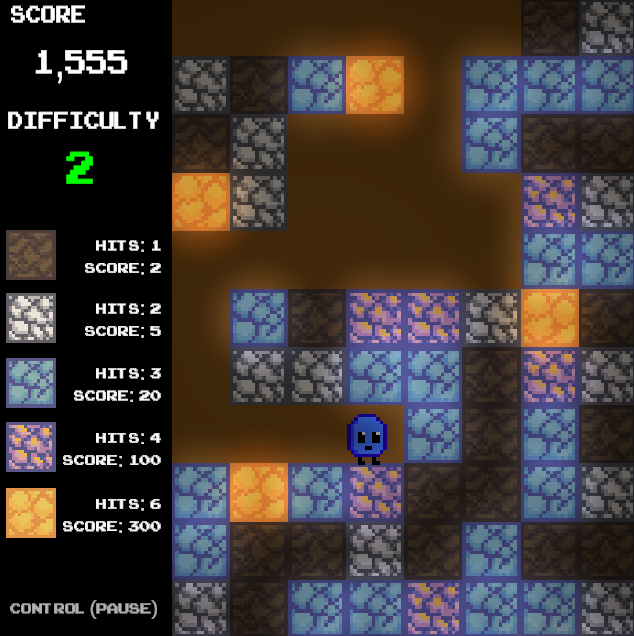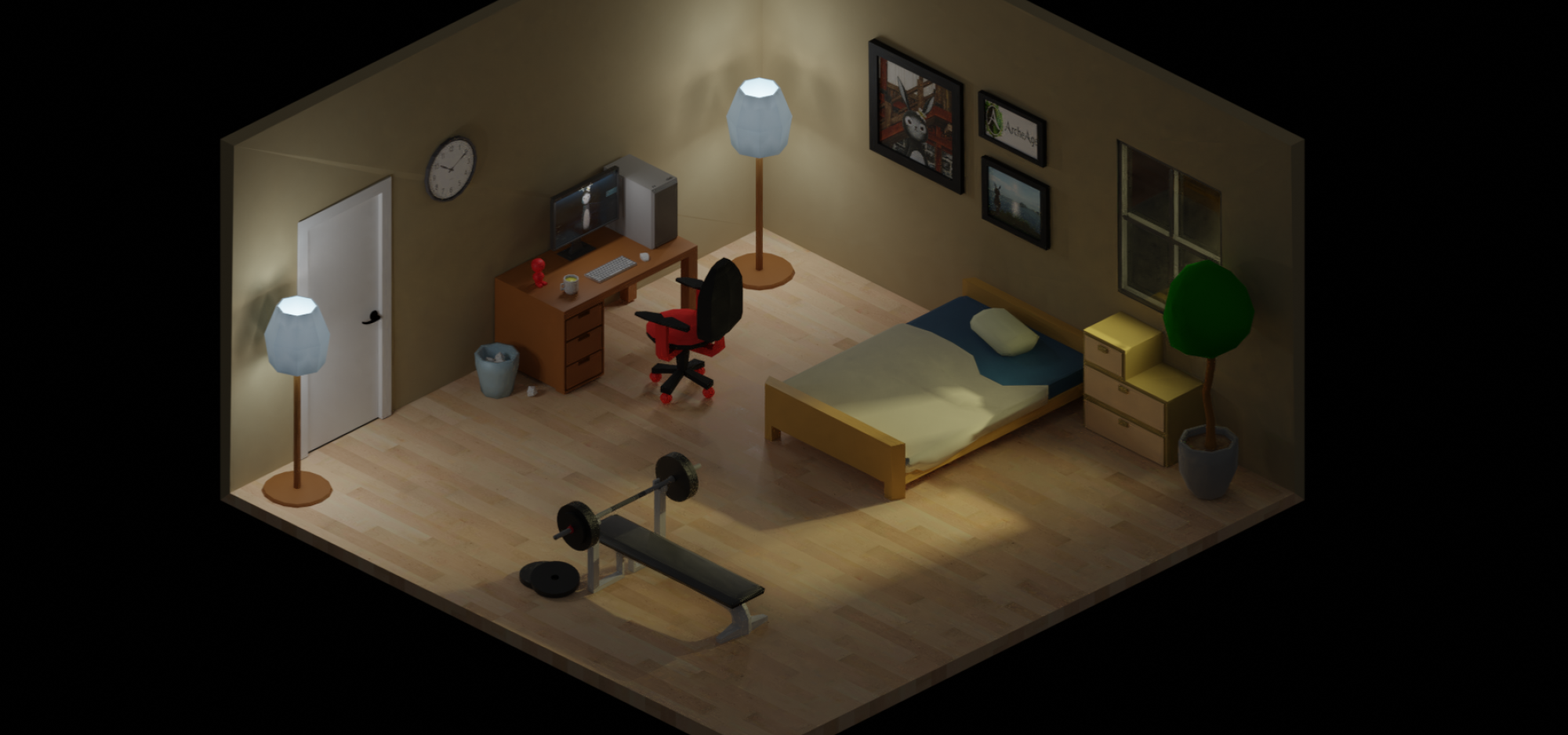I had a sudden urge to join a Game Jam.
This was my second attempt, and I had forgotten how stressful Game Jams can be. But if you manage to complete something on time, it’s also incredibly rewarding.
I had less than 72 hours to come up with a game idea and brainstorm the process.
I had no planning whatsoever because I found and joined this Jam after it had already started.
That could have been my excuse for not finishing, but I actually managed to complete and submit my game.
Out of 52 entries, my overall score was #16, and in the “Enjoyment” category I ranked #8, so I’m pretty happy with the outcome.
Like my first Jam nearly two years ago, I learned a lot—and it was totally worth the stress.
I might tackle another Jam in a year or so.
Note to self: The pixel art challenge was rough; try to work with someone next time.
The game is playable in PC browsers (Chrome, Firefox, Edge—unsure about others).
https://lazy-onigiri.itch.io/mini-miner


